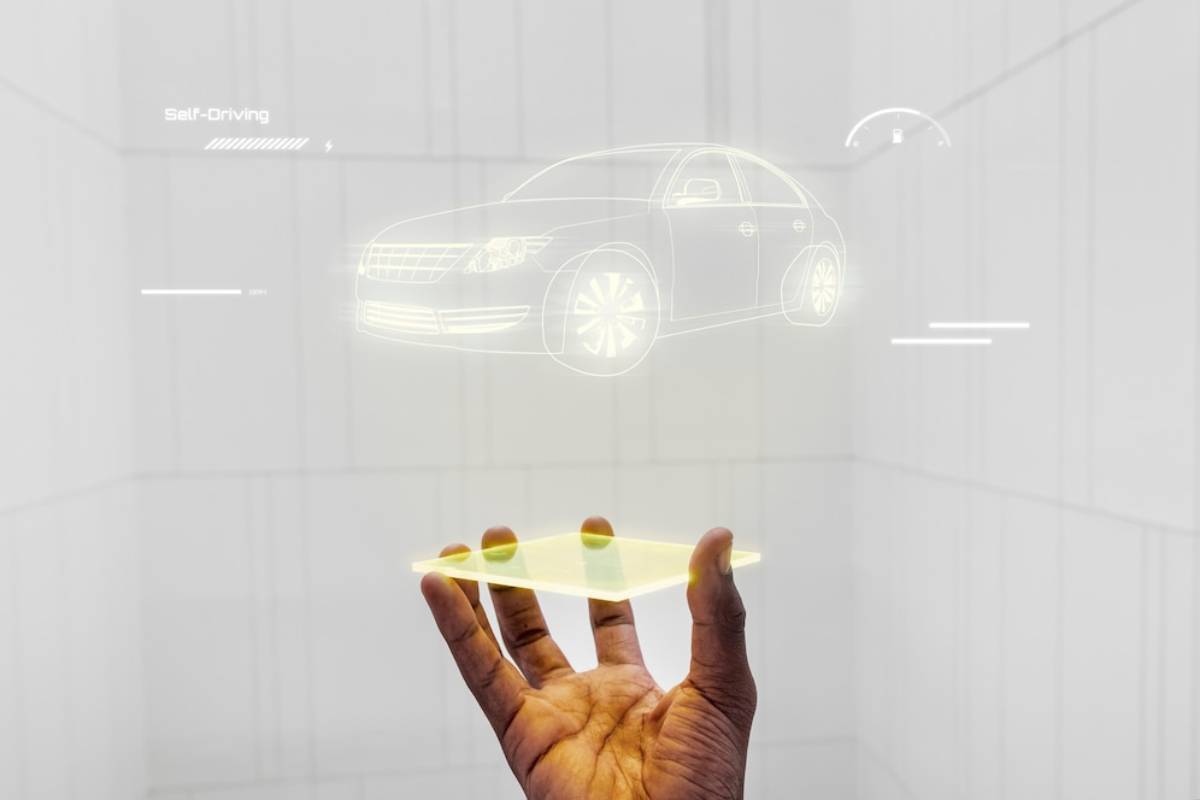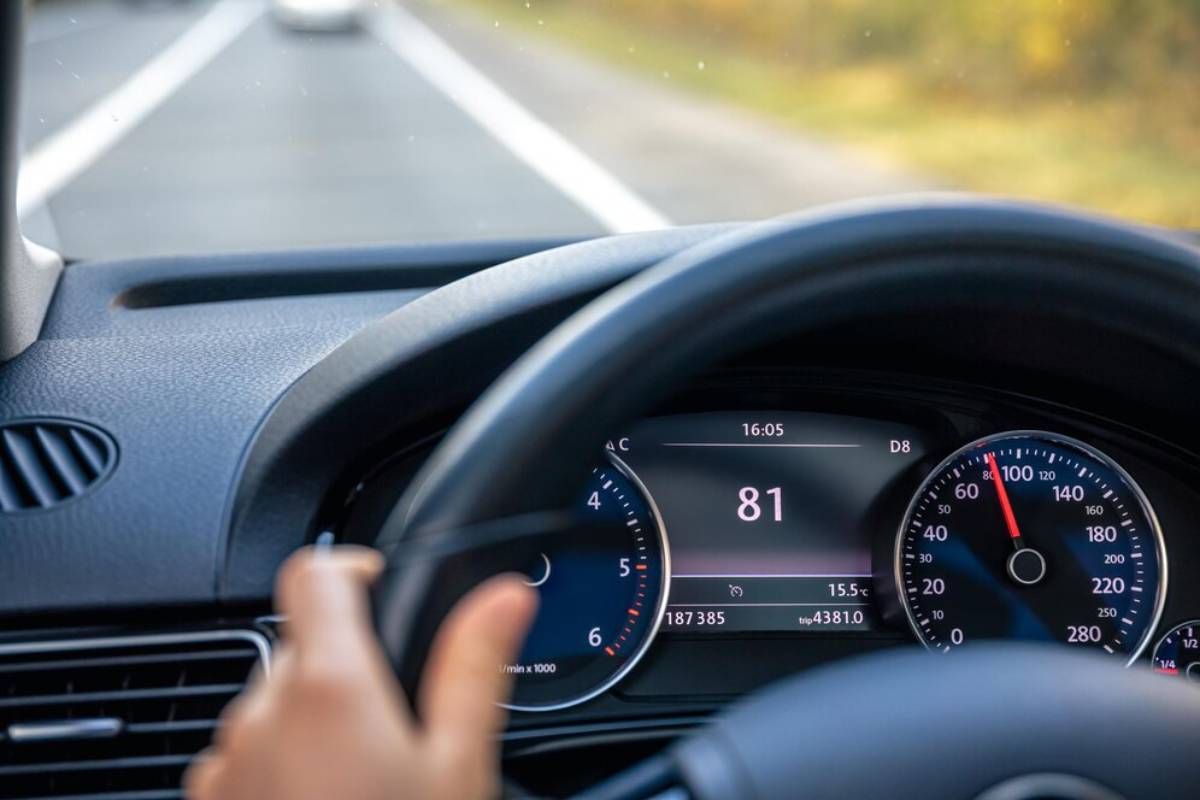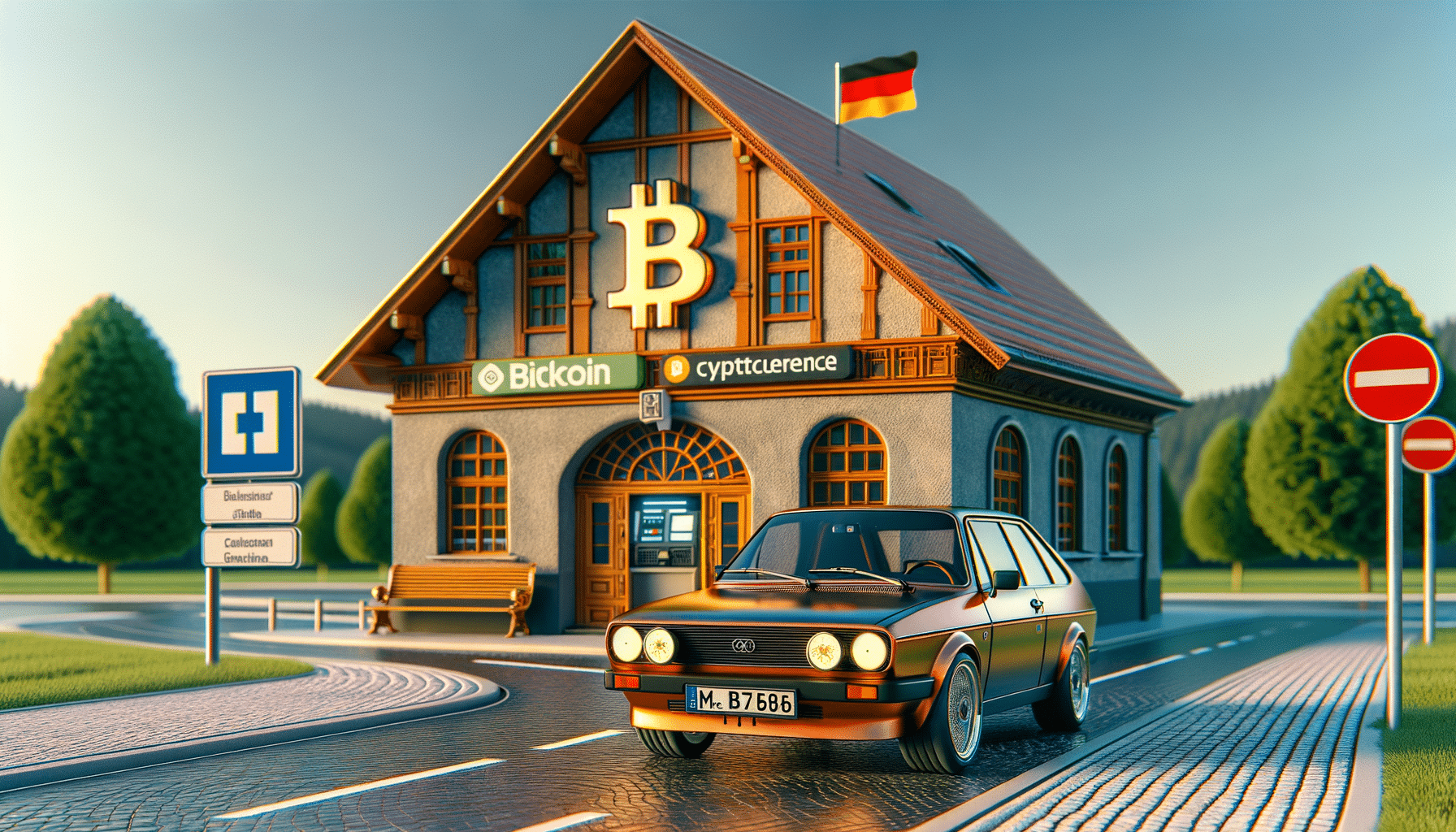
How Fast Can an Electric Car Go? The Fastest EVs in the World
The rise of electric vehicles (EVs) has revolutionised the automotive industry, offering both sustainability and mind-blowing speed and acceleration. No longer limited to efficiency and environmental benefits, modern fastest electric cars can compete with, and even outperform, traditional petrol-powered supercars. But how fast can an electric car go? This article explores the best-performing EVs, their top speeds, and the technology that makes them some of the top-speed electric vehicles in the world.
The Evolution of High-Performance EVs

Electric vehicles were once known for their eco-friendly appeal rather than their speed. However, advancements in battery technology, aerodynamics, and electric motors have allowed EVs to shatter speed records and redefine performance benchmarks. Companies like Tesla, Rimac, and Lotus have pushed the boundaries of the fastest electric cars, proving that electric powertrains can deliver incredible acceleration and high-speed capabilities.
With the development of solid-state batteries, lightweight materials, and ultra-fast charging systems, EVs are becoming more competitive with internal combustion engine (ICE) supercars. Manufacturers are also integrating artificial intelligence (AI) to enhance vehicle dynamics, making high-speed EVs more stable and efficient.
What Determines an EV’s Top Speed?

Before diving into the list of the best-performance EVs, it’s important to understand the factors that influence the top speed of electric vehicles:
- Power Output: The strength of an EV’s electric motors significantly affects speed and acceleration.
- Battery Capacity and Cooling: High-performance EVs require advanced battery management systems to prevent overheating at high speeds.
- Aerodynamics: Streamlined designs reduce drag, allowing cars to reach higher speeds efficiently.
- Weight Distribution: A lower centre of gravity, due to battery placement, improves stability at high speeds.
- Software and Motor Control: Advanced torque vectoring and motor control algorithms enhance acceleration and handling.
- Tire Technology: Specialised high-performance tires are essential for maintaining grip and stability at extreme speeds.
The Fastest Electric Cars in the World

1. Rimac Nevera – 258 mph (412 km/h)
- 0-60 mph: 1.85 seconds
- Power Output: 1,914 hp
- Battery Range: 340 miles (WLTP)
The Rimac Nevera is the undisputed leader in the fastest electric cars category. With an incredible top speed of 258 mph (412 km/h), this Croatian hypercar utilises a quad-motor setup for unparalleled performance. Its carbon-fibre monocoque chassis provides both strength and lightness, ensuring maximum speed.
2. Tesla Roadster (Upcoming) – 250+ mph (402+ km/h)
- 0-60 mph: Under 1.9 seconds
- Power Output: Estimated 1,000+ hp
- Battery Range: 600+ miles
Tesla’s highly anticipated new Roadster aims to challenge both electric and traditional supercars, boasting a 250+ mph top speed and record-breaking acceleration. With its SpaceX-inspired rocket thrusters, it could set new standards for EV performance.
3. Pininfarina Battista – 217 mph (350 km/h)
- 0-60 mph: Under 2 seconds
- Power Output: 1,900 hp
- Battery Range: 310 miles (WLTP)
The Pininfarina Battista, developed by the legendary Italian design house, delivers hypercar-level performance with stunning aesthetics and record-breaking acceleration. Its handcrafted aerodynamics enhance speed while maintaining elegance.
4. Lotus Evija – 200+ mph (322+ km/h)
- 0-60 mph: Under 3 seconds
- Power Output: 2,000 hp
- Battery Range: 250 miles (WLTP)
The Lotus Evija is one of the most powerful production EVs ever built, showcasing British engineering at its finest with cutting-edge aerodynamics and lightning-fast acceleration. It features active aerodynamics that adjusts airflow for maximum efficiency and speed.
5. Lucid Air Sapphire – 205 mph (330 km/h)
- 0-60 mph: 1.89 seconds
- Power Output: 1,200+ hp
- Battery Range: 427 miles (EPA)
Designed as a luxury EV with supercar-level performance, the Lucid Air Sapphire combines comfort and speed, making it one of the best-performance EVs on the market. It boasts high-efficiency battery technology that allows for longer drives without compromising speed.
How Do EVs Achieve Such High Speeds?
Electric cars can go fast because they have instant torque, great battery tech, and well-designed motors. Unlike petrol engines, which require time to build power, electric motors deliver maximum torque instantly, leading to blistering acceleration.
Key technological advancements include:
- Dual and Quad-Motor Configurations – Multiple motors distribute power efficiently, improving traction and handling.
- Regenerative Braking Systems – Enhances energy efficiency while maintaining performance.
- Active Aerodynamics – Many high-performance EVs have adjustable spoilers and airflow systems. They help maximise speed.
- Ultra-Fast Charging – New systems cut down wait times. This means high-speed EVs are ready to hit the road in just minutes.
- Lightweight Carbon-Fibre Construction – Reduces overall weight while maintaining structural integrity.
The Future of High-Speed EVs
As battery tech gets better and aerodynamics improve, the fastest electric cars will keep breaking speed limits. Future improvements in solid-state batteries could make EVs lighter and more powerful. This change may lead to faster acceleration and longer range.
Will Electric Cars Replace Petrol Supercars?
The automotive world is changing. Governments around the globe are enforcing EV mandates and banning gas vehicles. Electric cars are becoming strong challengers, even though traditional petrol-powered hypercars still lead in some areas. Electric vehicles are quickly becoming the go-to option for speed lovers. Their fast acceleration and high top speeds attract many enthusiasts.
The Role of Autonomous Technology in High-Speed EVs
Many manufacturers are integrating AI-driven driving assistance in high-speed EVs. Features like active lane control, automatic torque distribution, and predictive analytics give a turbo boost to your driving experience. These high-tech enhancements fine-tune handling and elevate performance, especially at dizzying speeds. Buckle up; innovation is your co-pilot!
Conclusion: The Rise of Record-Breaking Electric Cars
The age of electric velocity is upon us; behold, the speed demons that rival petrol-powered hypercars. Electric speedsters are set to shatter records with each leap in battery technology and aerodynamic design. Machines like the Tesla Roadster, Rimac Nevera, and Lotus Evija illuminate a thrilling future for high-performance EVs. Buckle up; the electrifying revolution is just beginning!


